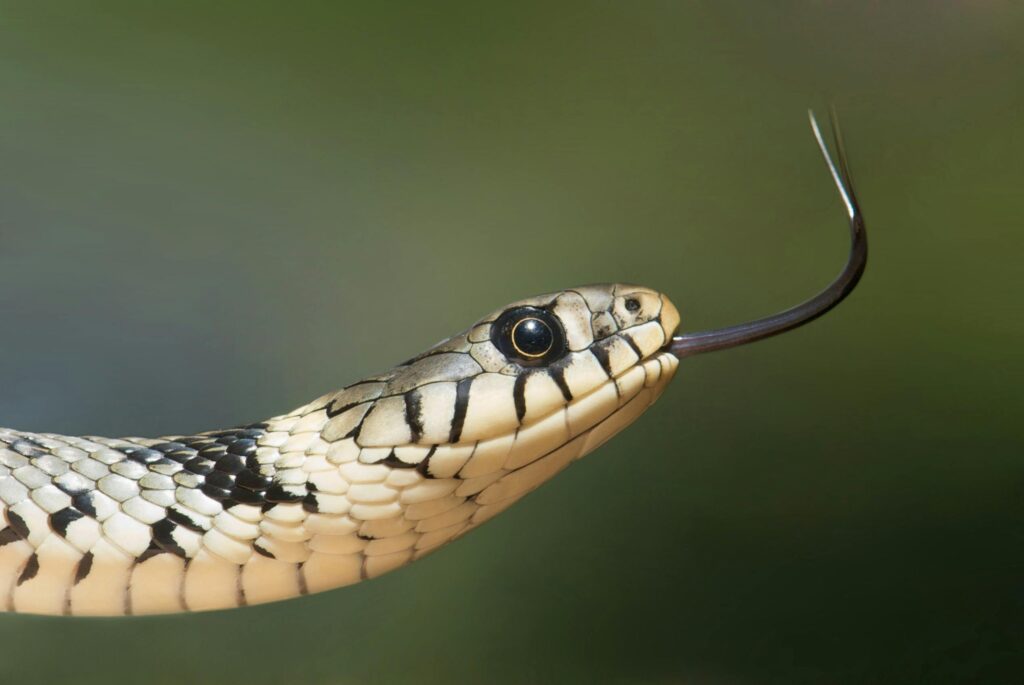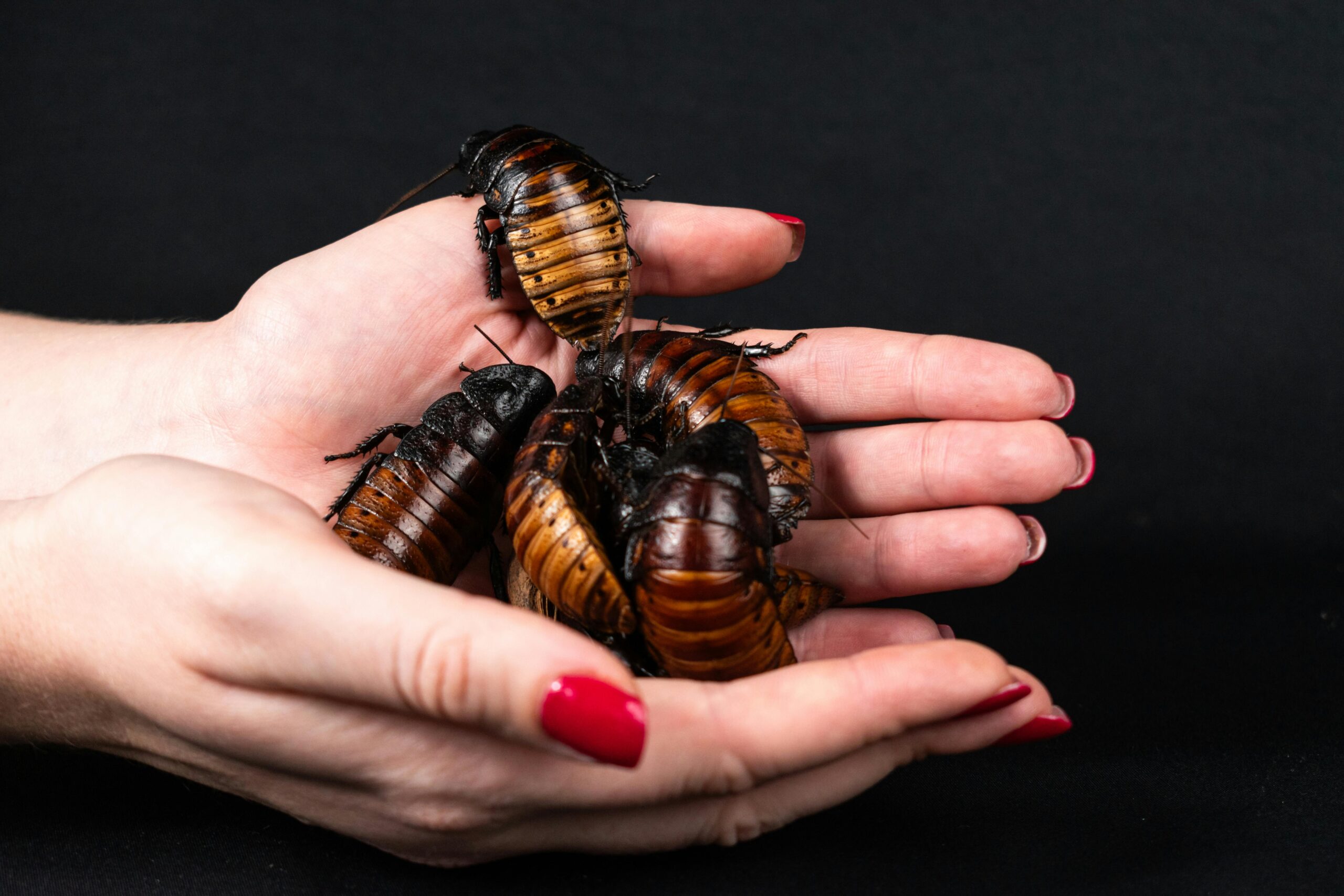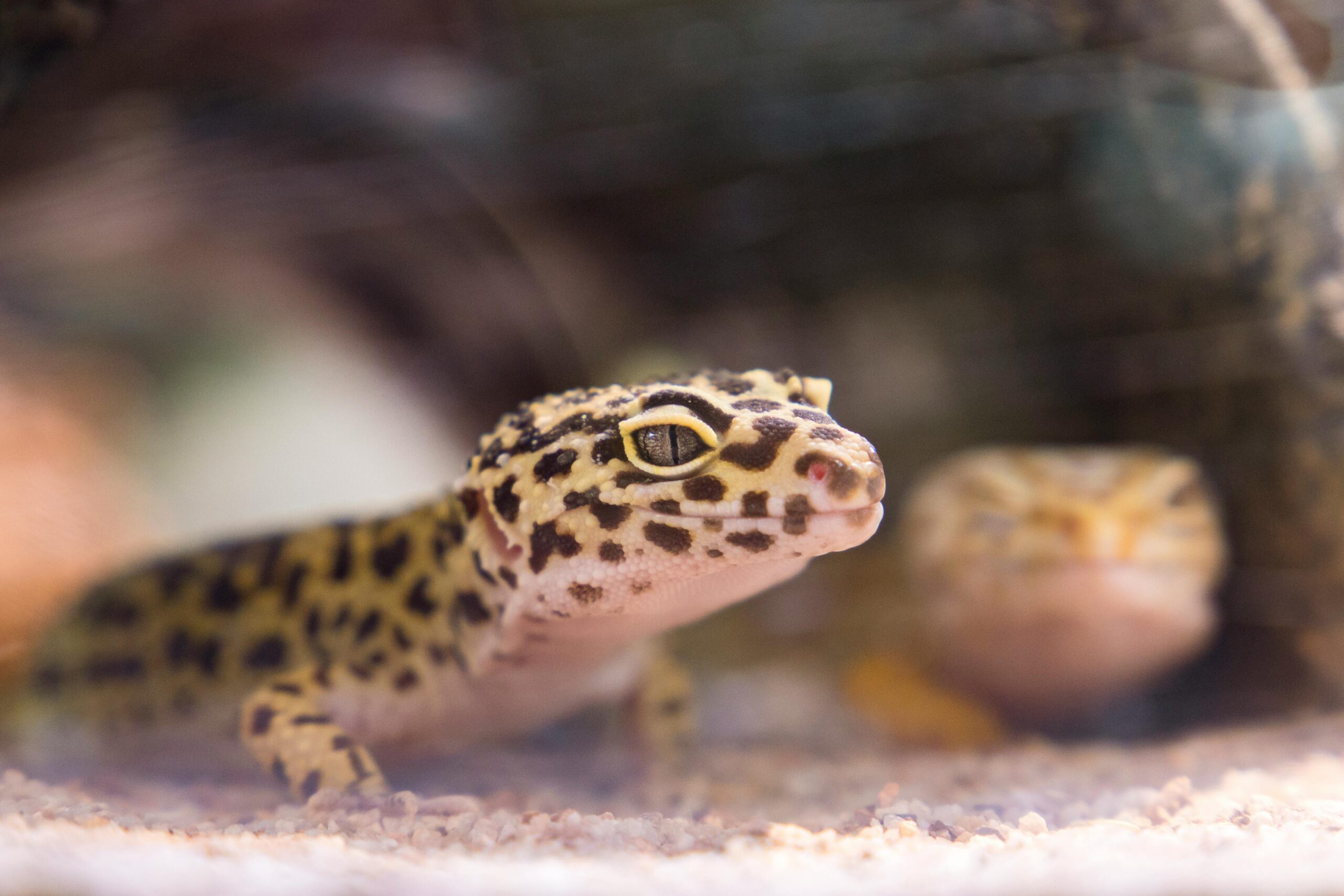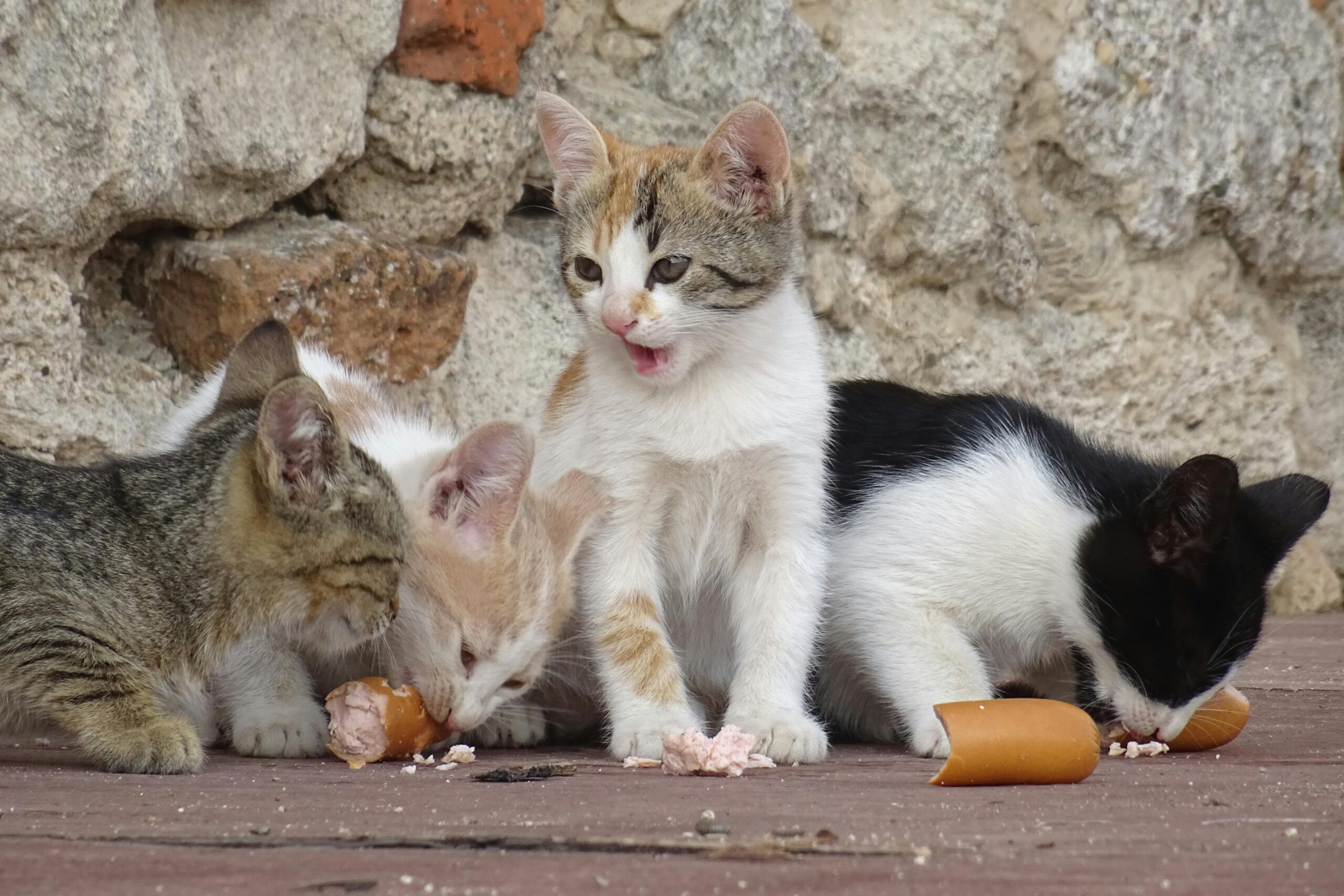Introduction
Exotic pets eats are a fascinating and varied group of animals that draw in pet owners with their distinct traits and behaviors. This category includes a wide array of species, such as reptiles, amphibians, birds, small mammals, and even certain fish, each with unique dietary requirements that can differ significantly from those of typical domestic pets like dogs and cats. Ensuring proper nutrition is crucial for the care of exotic pets, as it has a direct impact on their health, lifespan, and overall well-being. Given the diversity among these animals, their food needs can vary greatly, so it’s essential for owners to be knowledgeable about their pets’ specific requirements to provide a suitable and balanced diet.
In this article, we will examine the dietary needs of several common exotic pets, with a focus on reptiles, birds, amphibians, small mammals, and fish. We will also look into the different types of foods that are appropriate for these animals, including live food, plants, and specially formulated diets. Lastly, we will discuss some general principles of exotic pet nutrition, such as the significance of variety, the use of supplements, and food safety.
1.Reptiles
Reptiles are among the most sought-after exotic pets, with turtles, lizards, and snakes being popular choices for many households. Their dietary needs can vary widely depending on their species, age, and whether they are herbivores, carnivores, or omnivores.
1. Herbivorous Reptiles (e.g., Iguanas, Tortoises)
Herbivorous reptiles, like green iguanas and certain tortoise species, mainly eat plant-based foods. Their diet should include a diverse range of leafy greens, vegetables, and some fruits. Common food options for these reptiles are:
Leafy Greens: Collard greens, dandelion greens, mustard greens, and kale are all excellent sources of essential vitamins and minerals.
Vegetables: Squash, bell peppers, carrots, and sweet potatoes offer a variety of important nutrients.
Fruits: Fruits such as papaya, mango, and berries can be given as occasional treats, but they should not make up a large part of their diet due to their high sugar content.
Herbs: Fresh herbs like basil, parsley, and cilantro can enhance the flavor and variety of their meals.
It’s crucial to avoid feeding herbivorous reptiles iceberg lettuce, which has little nutritional value, and to steer clear of foods high in oxalates, like spinach and beet greens, as these can hinder calcium absorption.

2.Carnivorous Reptiles (e.g., Snakes, Certain Lizards)
Carnivorous reptiles, including snakes and some lizards like monitors, mainly consume animal-based foods. These reptiles are opportunistic hunters, and their diet typically consists of small mammals, birds, eggs, and insects.
Frozen or Live Prey: Common food items for these reptiles include mice, rats, rabbits, chicks, and fish. Depending on the species, they may be fed live or frozen-thawed prey.
Insects: Reptiles that eat insects, such as certain geckos, may enjoy crickets, mealworms, roaches, and other bugs. These insects can be dusted with calcium and multivitamin supplements to ensure they receive proper nutrition.
Eggs: Some carnivorous reptiles also consume eggs, which can be a part of their natural diet.
It’s crucial that the size of the prey is appropriate for the reptile to prevent choking or injury.
3.Omnivorous Reptiles (e.g., Bearded Dragons, Box Turtles)
Omnivorous reptiles, like bearded dragons and box turtles, need a varied diet that includes both plant and animal matter.
Insects: Crickets, mealworms, waxworms, and roaches are commonly used as sources of animal protein.
Vegetables and Greens: Leafy greens, squash, and other vegetables are vital for these omnivores.
Fruits: Certain fruits, such as blueberries, papaya, and strawberries, can be offered in moderation, but they should not dominate their diet.
Feeding Guidelines for Reptiles
When it comes to feeding reptiles, both the type of food and the feeding schedule are crucial. Juvenile reptiles often require more frequent feedings compared to adults, and the portion sizes should be suitable for the reptile’s size and age. It’s important to provide a well-rounded diet with the right supplements, like calcium and vitamin D3, to help prevent metabolic bone disease, which is a common health concern in reptiles.
2.Birds
Birds, particularly exotic species such as parrots, cockatiels, and macaws, are known for their intelligence and social nature. Their diets are quite varied and can include seeds, pellets, fruits, vegetables, and even nuts.Exotic birds such as parrots, macaws, cockatiels, and canaries have different dietary requirements based on their species.
Parrots and Other Psittacines
Diet
Pelleted bird food should be the main component.
Fresh fruits (like apples, bananas, and berries) and vegetables (such as carrots, broccoli, and peppers) are essential.
Nuts and seeds should be given in moderation (for example, almonds and sunflower seeds).
Feeding tips
Steer clear of toxic foods, including avocado, chocolate, and caffeine.
Offer a variety of foods to keep them engaged and to avoid nutritional deficiencies.
Finches and Canaries
Diet
Use seed mixtures specifically formulated for finches or canaries.
Fresh greens, including spinach and lettuce, are important.
Boiled eggs can be provided for additional protein during breeding.
Feeding tips
Include cuttlebones to supply calcium.
Regularly clean food and water dishes to avoid contamination.
2. Amphibians
Amphibians, such as frogs, salamanders, and axolotls, primarily have a carnivorous diet, although some species may eat algae or plant material during their larval stages.
Dietary Prefrences
Insects: Crickets, roaches, and mealworms.
Aquatic Prey: Bloodworms, brine shrimp, and small fish.
Specialized Foods: Commercial amphibian pellets or gel diets.
Feeding Tips:
Amphibians depend on live prey because of their natural hunting instincts.
Ensure a clean, moist environment to promote feeding.
Avoid offering large prey that could lead to choking hazards.
4. Small Exotic Mammals
Small mammals such as hedgehogs, sugar gliders, and ferrets have specific dietary requirements.
Hedgehogs
Diet:
High-quality, low-fat cat food as a primary food source.
Insects like crickets, mealworms, and waxworms.
Small portions of fruits (like apples and berries) and vegetables (such as carrots and green beans).
Feeding Tips:
Steer clear of fatty or sugary foods, as hedgehogs can easily become obese.
Ensure fresh water is available at all times.
Sugar Gliders
Diet:
Nectar or specially formulated sugar glider diets.
Fresh fruits and vegetables (for example, sweet potatoes and apples).
Protein sources such as boiled eggs, cooked chicken, or insects.
Feeding Tips:
Provide a calcium supplement to help balance their phosphorus intake.
Avoid artificial sweeteners, as they can be harmful.
Ferrets
Diet:
Opt for high-protein, high-fat ferret food or premium cat food.
Include raw or cooked meats such as chicken and turkey.
Feeding Tips:
Steer clear of carbohydrates and sugary foods, as ferrets are obligate carnivores.
Always provide fresh water in a bottle or bowl.
5.Invertebrates
Invertebrates like tarantulas, scorpions, and hermit crabs have straightforward yet specific dietary needs.
Tarantulas and Scorpions
Diet:
Feed them live insects like crickets, mealworms, and roaches.
Feeding Tips:
Offer food every few days, depending on the species and size.
Remove any uneaten prey to avoid stress or injury.
Hermit Crabs
Diet:
Use commercial hermit crab food.
Incorporate fresh fruits and vegetables.
Add protein sources like fish flakes or cooked eggs.
Feeding Tips:
Include calcium supplements, such as crushed eggshells or cuttlebone.
Make sure they have access to both fresh and saltwater.
6. Fish
Exotic fish, including bettas, cichlids, and arowanas, have diets that are specifically suited to their species and natural environments.
Dietary Preferences:
Carnivorous Fish: Offer live or frozen foods such as brine shrimp, bloodworms, or small fish.
Herbivorous Fish: Supply algae wafers, spirulina, and blanched vegetables like zucchini and spinach.
Omnivorous Fish: Provide a combination of commercial pellets, frozen foods, and plant matter.
Feeding Tips:
Be cautious not to overfeed, as leftover food can contaminate the water.
Utilize species-specific diets to fulfill their nutritional requirements.
7. Specialized Exotic Pets
Chinchillas
Diet:
Make high-quality hay (like timothy hay) the main part of their diet.
Include small amounts of chinchilla pellets.
Occasionally offer treats such as dried apples or rose hips.
Feeding Tips:
Steer clear of sugary treats, as chinchillas can have digestive problems.
Koi Fish
Diet:
Use specialized koi pellets.
Incorporate fresh vegetables like lettuce or peas.
Feeding Tips:
Feed them during the warmer months; koi tend to eat less when it’s cold
General Tips for Feeding Exotic
Pets Research: Make sure to learn about your pet’s unique dietary requirements before bringing one home.
Variety: Provide a range of foods to replicate their natural eating behaviors.
Supplements: Incorporate calcium, vitamins, or minerals when necessary.
Hygiene: Keep feeding areas clean to avoid health problems.
Observation: Pay attention to their eating patterns to catch any potential health concerns early.





2 Comments
Your comment is awaiting moderation.
Вот здесь можно найти больше примеров:
Между прочим, если вас интересует buytime.ru, посмотрите сюда.
Вот, делюсь ссылкой:
https://buytime.ru
Рад был поделиться информацией.
Your comment is awaiting moderation.
поставщики подшипников в рф Подшипники оптом от производителей Сочетание оптовой закупки с приобретением непосредственно от производителя обеспечивает максимальную экономию и гарантированное качество продукции. Этот подход позволяет наладить долгосрочное сотрудничество и получить индивидуальные условия поставки.
Your comment is awaiting moderation.
Компоненты
Ознакомиться с деталями – капельница от запоя цена первоуральск.
Your comment is awaiting moderation.
Moi!
Luotettava casino toiminta näkyy avoimuudessa ja nopeissa vastauksissa. Luotettava casino hoitaa pelaajien asiat ammattimaisesti ja tehokkaasti. casino maine Testaa asiakaspalvelun laatua ennen suurempien talletusten tekemistä.
Lue linkki – https://reallivecasino.cfd/arvostelut-ja-luotettavuus.html
åldersgräns casino cosmopol
casino ГҐrhus
är prank casino säkert
Onnea!
Your comment is awaiting moderation.
I think we could get along! Let’s talk?
Message me there! —> https://rb.gy/44z0k7?Mitamp
Your comment is awaiting moderation.
Let’s see how far we can take this tonight – https://rb.gy/es66fc?Mitamp
I’m in the mood for something sweet and spicy… you? – https://rb.gy/es66fc?Mitamp
Good